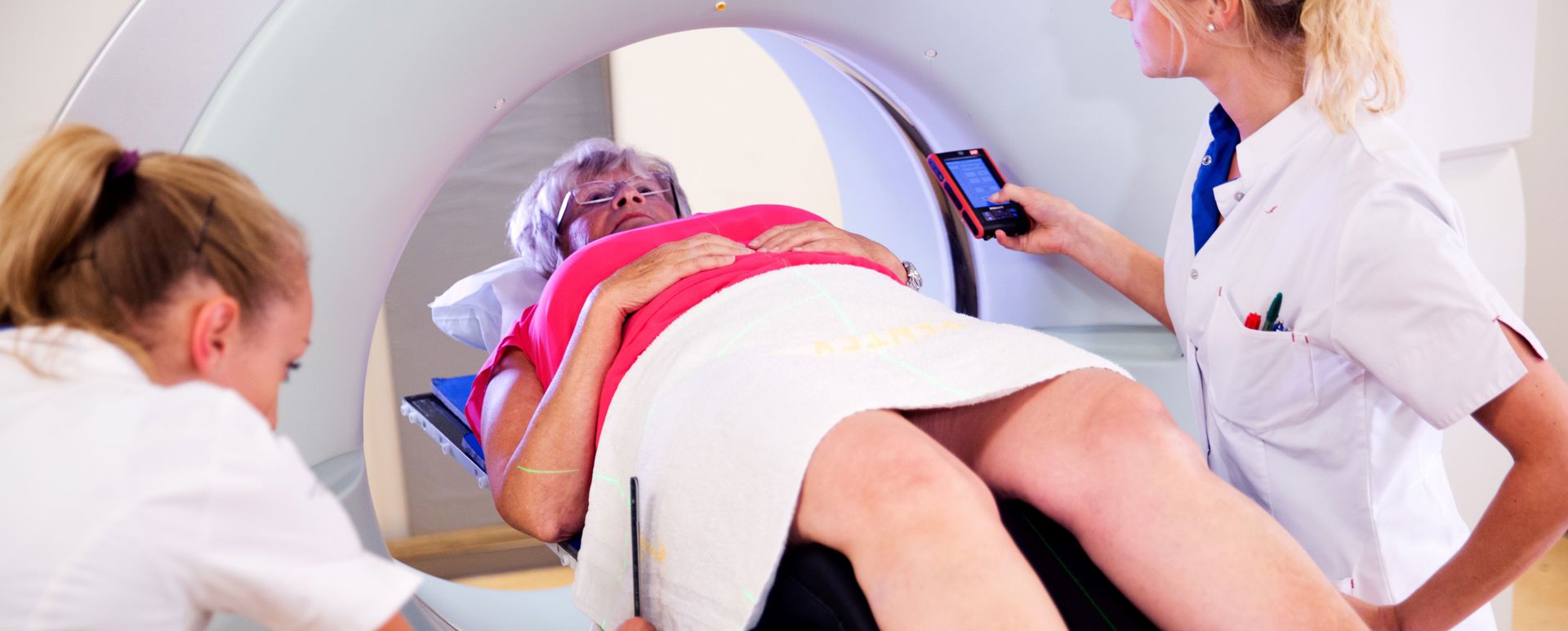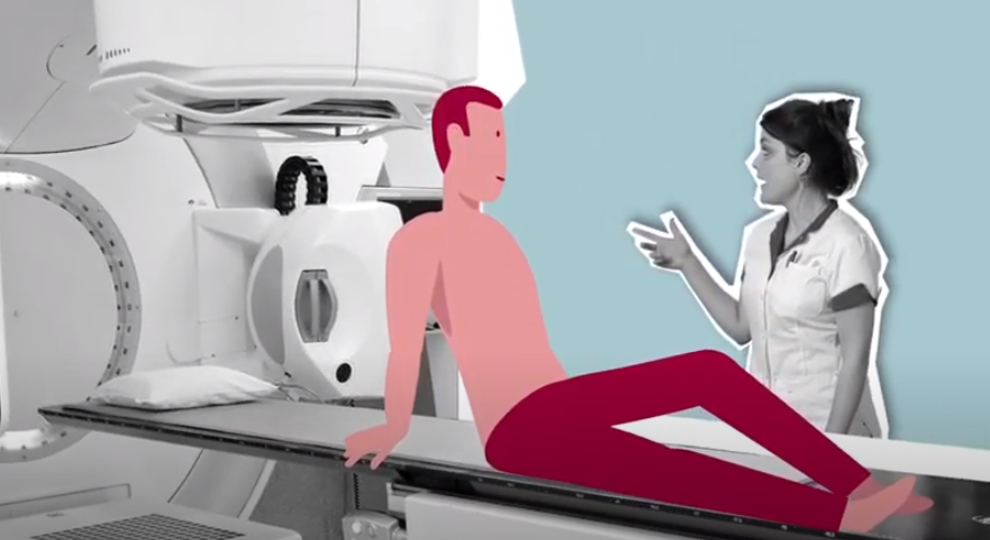Radiotherapy for gynecological cancer
Gynecological cancer is an umbrella term for tumors in the uterus, cervix, vagina, vulva, and ovaries. The exact treatment will depend on the location, size, and stage of the tumor as well as your overall health.
Various radiotherapy treatment options
Radiotherapy is an option after surgery to lower the risk of recurrence.
Radiation can also be a primary treatment type and is sometimes used in combination with chemotherapy. This is called chemoradiation. Your radiation oncologist will determine the exact location that will receive the radiation beams. Sometimes your lymph nodes will also require radiation. This is a curative treatment.
If the cancer is too advanced, you can receive radiotherapy to alleviate symptoms like pain, or blood loss.
If you are receiving chemoradiation for ovarian cancer, you will most likely receive internal radiation treatment. Uterine cancer can also be treated with a form of internal radiation called brachytherapy. You can read more about radiotherapy for ovarian cancer on this page.
 nl
nl
 Nederlands
Nederlands

